Up until today, your guess about who would be the first manufacturer to produce an Android Silver phone was as good as ours. If you don’t know, Android Silver is said to be the name of the handset initiative Google will use to replace the traditional Nexus line (and presumably the Google Play edition line, as well).
All the details are right here, but the quick explanation is that it’s said to be a free-for-all for OEMs who want to create pure Android devices. Google’s willingness to put up the marketing dollars to sell the phones in stores will be a key selling point for carriers and OEMs to participate. In return, they commit to minimal bloatware and customization, and fast, regular updates.
First up to bat: Samsung?

So who’s going to play along? Tough to say at such an early stage, as rumors suggest the program isn’t set to kick off until sometime next year. A new trademark may have given us a sense of clairvoyance, though, with Samsung seeing fit to call dibs on “Silver Shine.” The trademark — which carries serial number 86259975 — was granted under the usual categorical suspects: mobile telephones, digital cameras, computers and the like.
It’s interesting to think about the type of phone Samsung would make for Android Silver if they are, in fact, thinking about it. We imagine it wouldn’t be far off from the Samsung Galaxy S5 of today, or even the supposed Samsung Galaxy S5 Prime of the near future. The word “premium” was stressed in all of the Android Silver leaks, after all, so we’d be surprised if they were planning to put a stinker onto the market.
Samsung’s no stranger to trying out these programs. They were responsible for two of the first three Nexus phones, and maintain their status as the only OEM to have made a 10-inch Nexus tablet.
They also offered the Samsung Galaxy S4 in Google Play Edition form last year, and are expected to do the same with their current flagship. Let’s not forget that Samsung is embracing the Android Wear platform for a forthcoming smartwatch despite having their own Tizen-based Gear line.
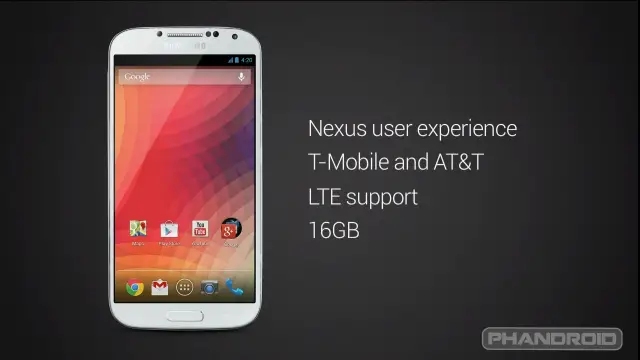
You wouldn’t be wrong to think some of Samsung’s moves to create their own “walled garden” of apps, content, services and devices are contradictory to their willingness to play along with this sort of stuff, but they’ve shown time and again that they are willing to play ball on any field.
Who will make the “Silver One”?
Something else to think about in all of this is what Google will do in terms of branding. It’s clearly something they have to consider if they’re planning to market this line up against exciting juggernauts like the Galaxy S line, HTC’s One line and LG’s premium G devices.
It’s entirely possible that Google could mandate the use of “Silver” at the forefront of these devices’ names, not all unlike what they currently do for the Nexus line (with the exception of the Galaxy Nexus and its flip-flopped orientation).
Branding like that will be important in establishing the line and giving people something to identify it by. They’ll know what to expect once they see that “Silver” name tacked on, which we’re expecting to be a solid, powerful, clean and lean collection of devices with support unmatched by any other phone on the market. All of that is to say this — don’t be surprised if Google feels a bit nostalgic and decides to have someone like HTC create the “Silver One” phone to kick this thing off.
Of course, Silver Shine could have nothing to do with Android Silver and be something entirely different altogether. If Samsung’s potential interest in Android Silver is there we’re sure it won’t be long until they’re joined by the likes of LG, HTC and Motorola. All that said, we’re left waiting for more details — official or otherwise — without much else to go on. Fingers crossed that Google decides to throw us a bone at Google I/O this summer.

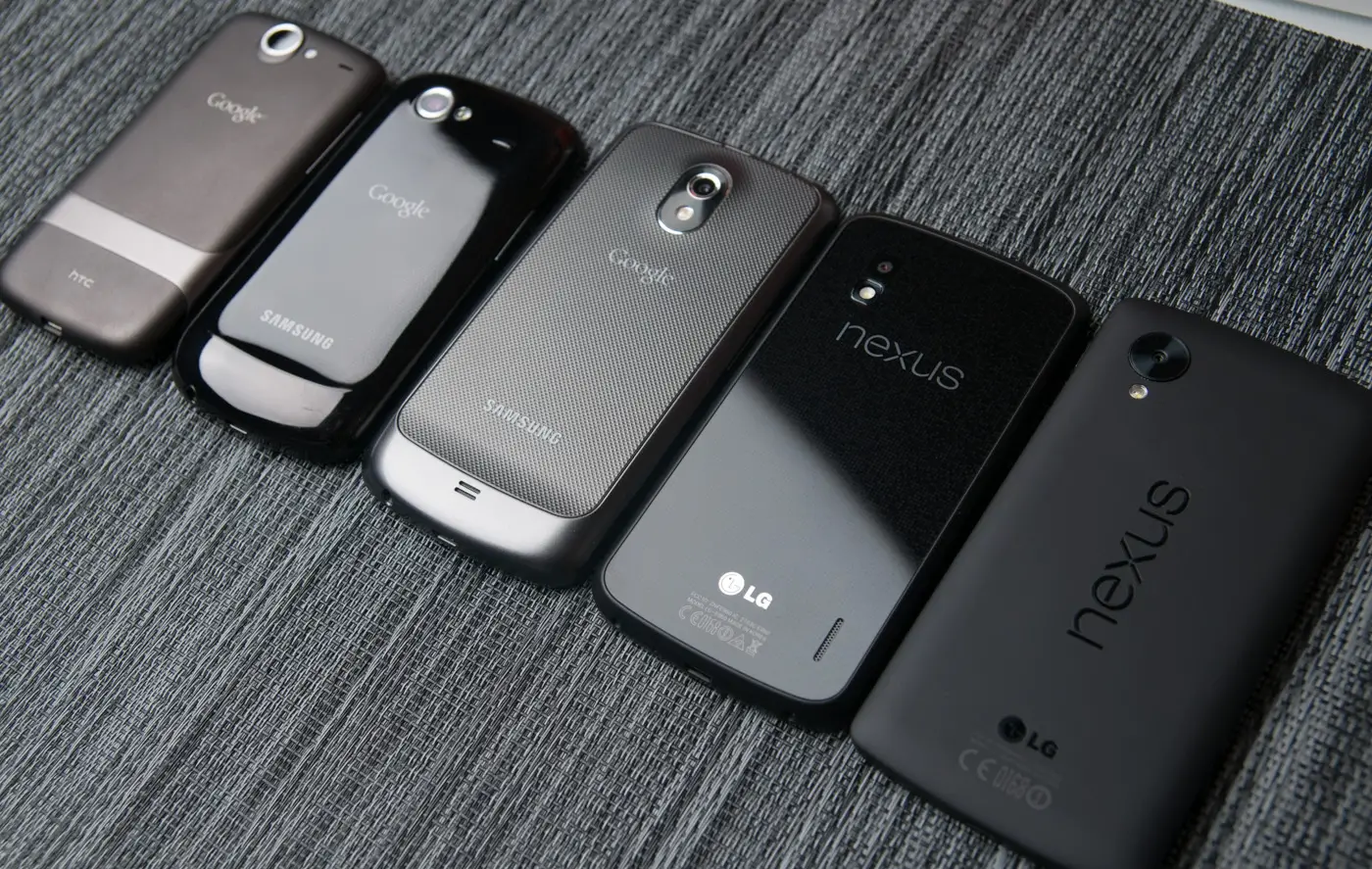
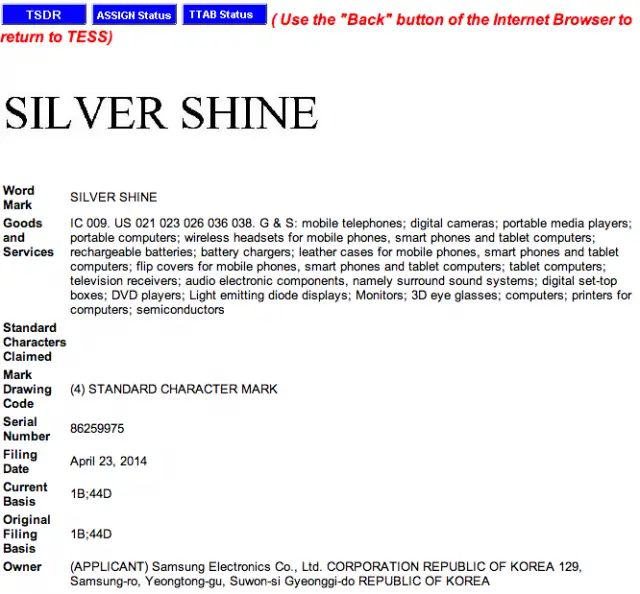
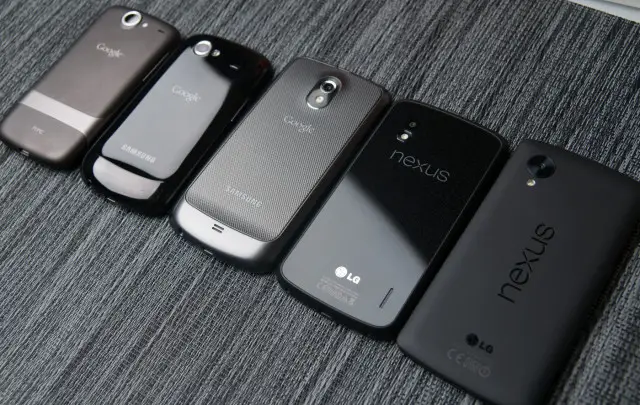

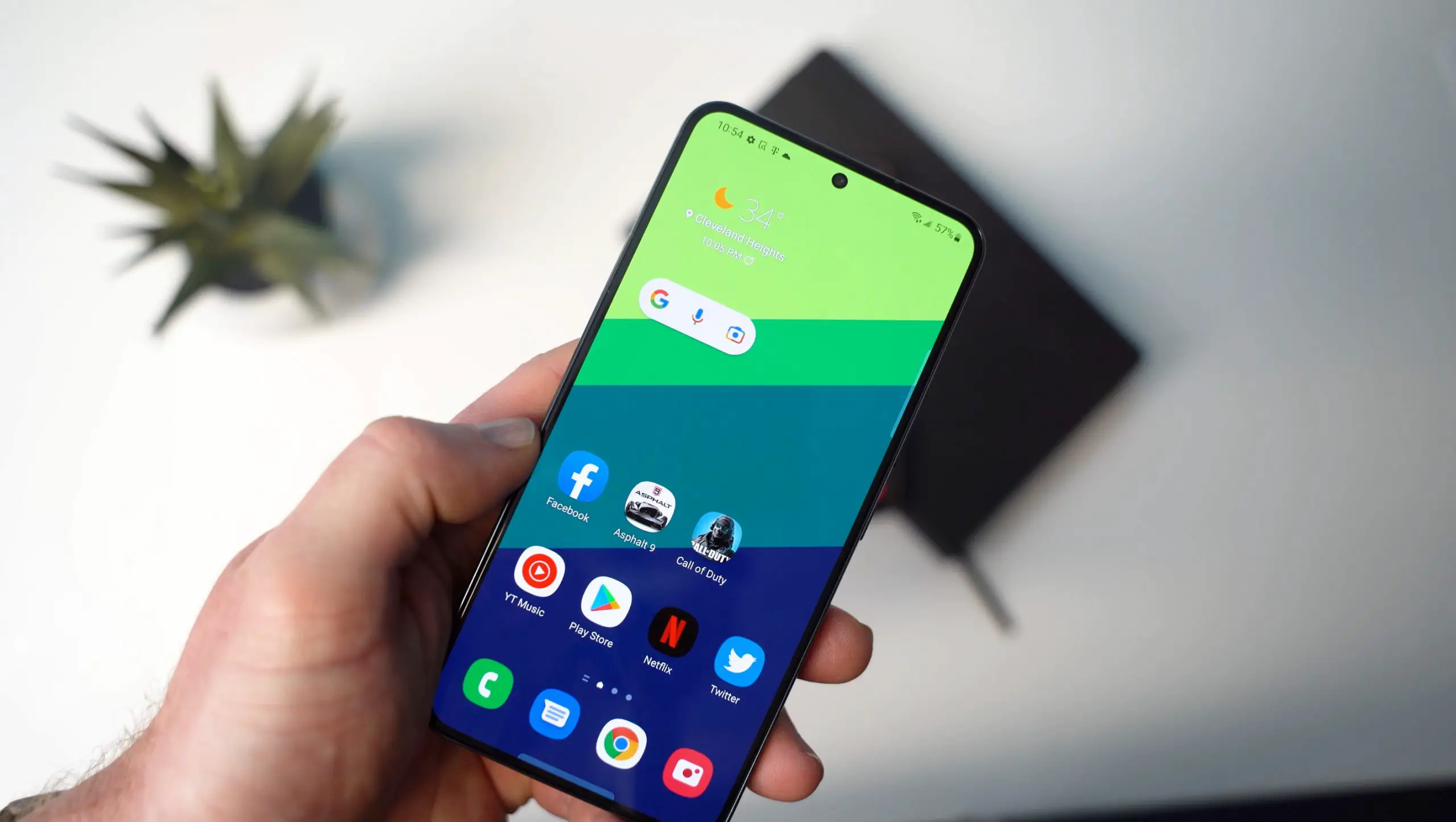

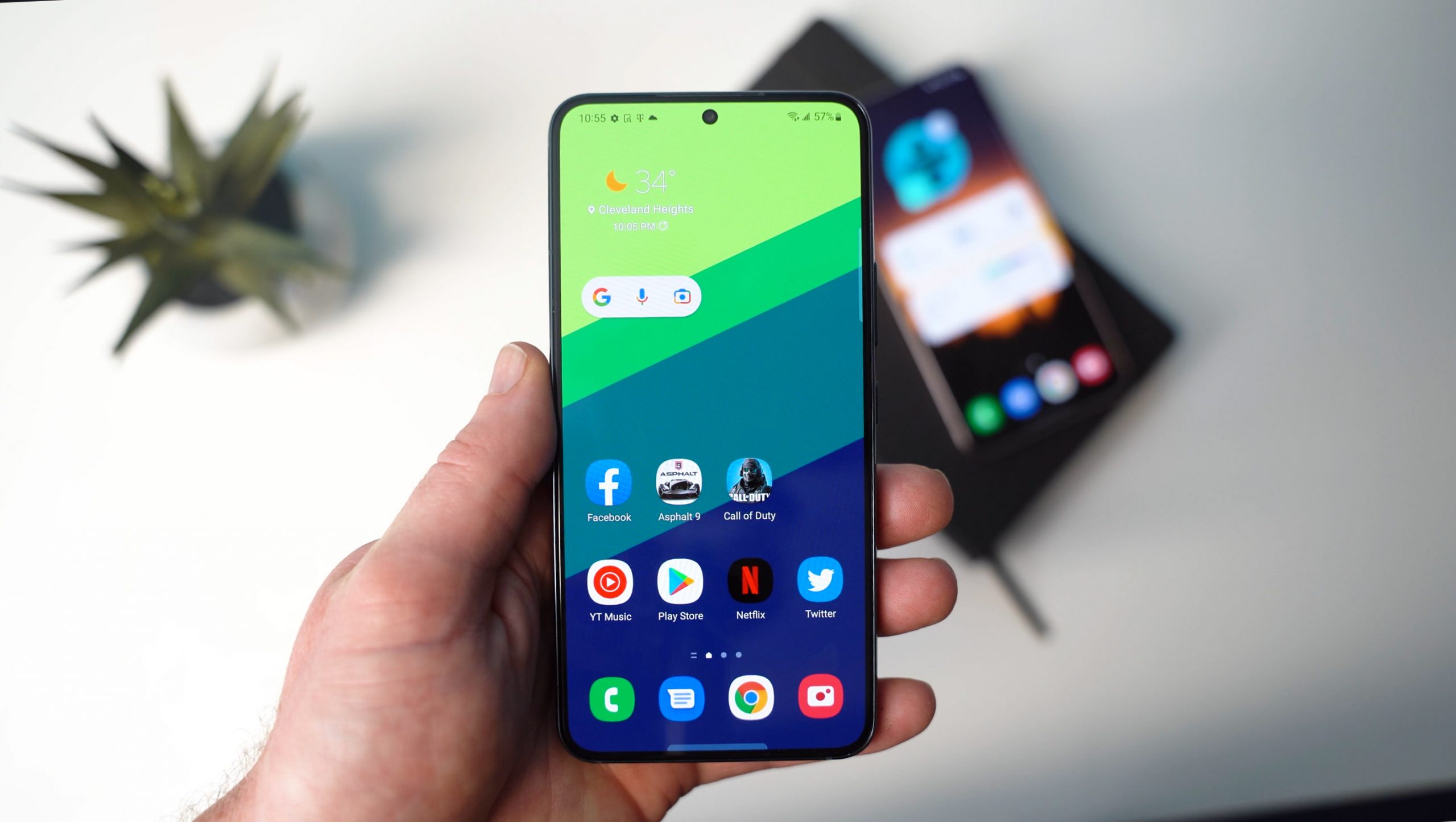
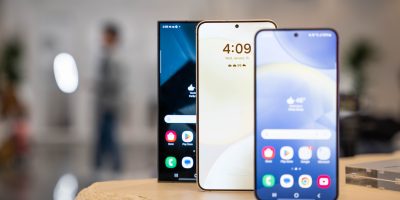


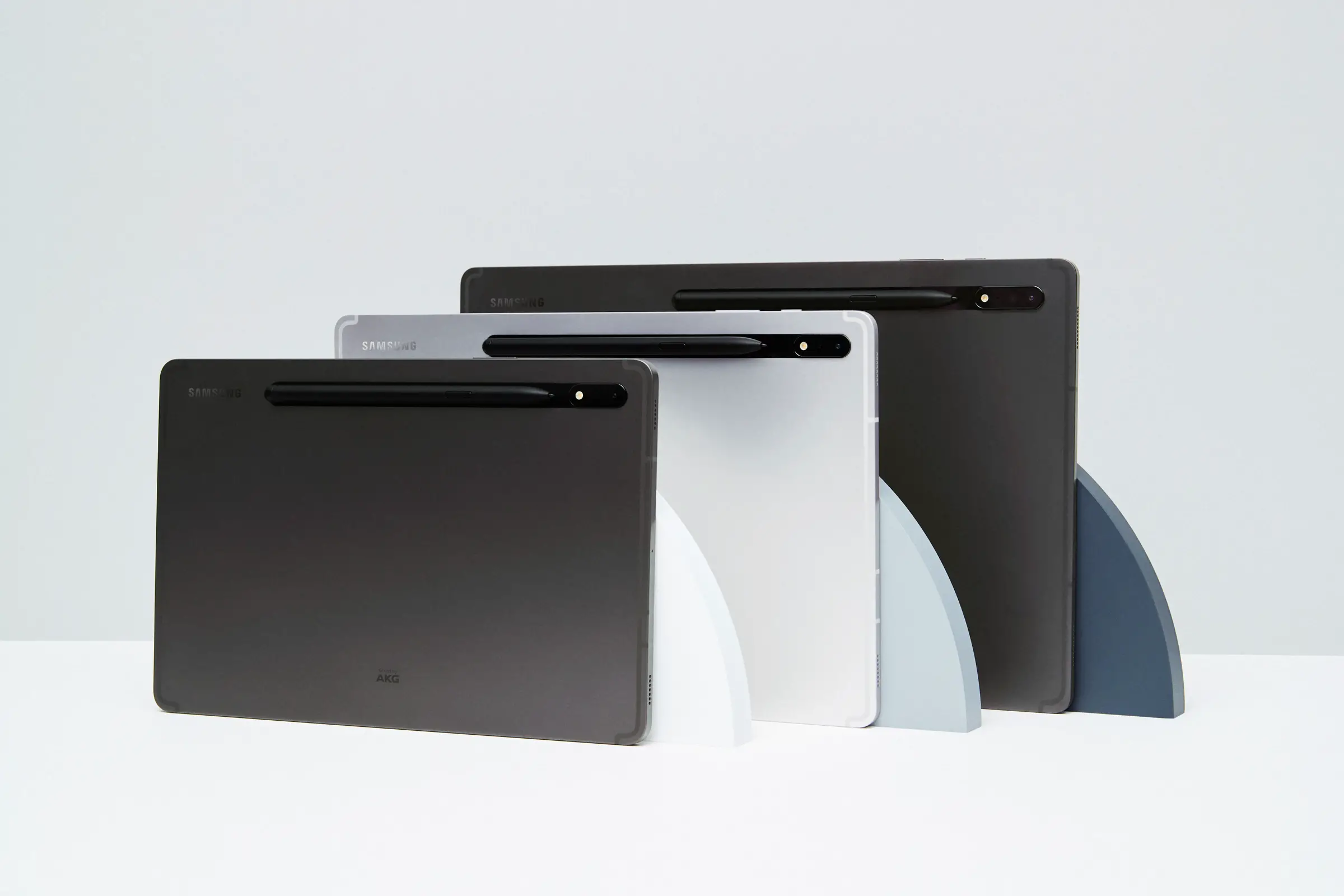

Happy news
The HTC One M8 is designed for people who form their own opinion.
Well that certainly wasn’t a biased comment was it?
I only have one thing to say to you…. ask the Internet.
blah blah blah.
Bazinga
Cool picture of the Nexus … sus.
Right!? I just downloaded it. =.P
Couldn’t they just still call them nexus devices? That name was starting to be known.
Notebooks = chrome
Cell phones = silver
I see what you’re doing, Google!
Platinum (or Rhodium) eventually being the top line.
Titanium being the lightweight, active line (especially Google’s wristwatch).
And Aluminum being for emerging markets?
I hope the silver isnt anything but rumor and esp not Samsung!
whatever it’s going to be, Shine is a terrible name.
Also, why wouldn’t they just add Silver on the the name of existing phones instead of Play Edition. Galaxy S5 Silver for instance. Much less awkward than trying to find one OEM to make a Silver One, which is just weird.
Yeah, I’m praying that’s an internal code, not a production name. Sounds like a bad Marvel Supervillain.
Play edition should have never existed either. It should have been Nexus edition
Samsung Android Silver Gold version… The next Galaxy SII Epic 4g touch?
What a corny name
I don’t really want the Nexus line to go away. I don’t think the Google Play Editions have been the answer we’re looking for. But since I’m not planning on updating my Nexus 4 until late 2015/early 2016 I shouldn’t feel too bothered.
I am not liking this transition at all…Good things never last. better cop me a N5 before they are all gone….
Hate the idea of android silver and the name. The nexus brand is gaining traction. I see them everywhere, people are talking about them. Why on earth would they get rid of such nice hardware design and branding, right down to an excellent logo set? This is really really dumb
And why would they let carriers back into the picture? This is what bothers me the most. My last four Android phones have been unsubsidized and off contract.
I couldn’t agree more. On top of that, I thought that the whole purpose of the low cost Nexus strategy was to bring down the price of smartphones to the point where subsidies no longer make sense.
If everyone followed this model, your device and plan would eventually be completely separate and you could buy a phone anywhere you want, provided it has compatible bands.
Come to the GSM side and do just that.
T-mobile website does not even know what device I have. I just bought a sim and added a plan to that sim.
lol I am in Canada, we are all on the GSM side. My point was that the Nexus model was disruptive to the standard of the market because it brought down the entry point for an off contract premium device.
The whole point of the Nexus line was to show how Google wanted Android smartphones to be made and implemented. Manufacturers don’t want to bring the cost of phones down as that effects their profit. Google needs manufacturers as they don’t make their own devices therefore they don’t want to piss off manufacturers. So think about what you claim to be the purpose of the Nexus line!
You have that backwards.
Google needed manufacturers, now the manufacturers need Google.
A smartphone without an OS is just a lump of plastic and metal. iOS is not licensed out, WindowsPhone is basically dead in the market and thus the manufacturers need Android.
Costs will go down, welcome to every market ever. As these devices get better prices will go down, people will keep them longer and thus drive prices even lower.
Agree with the first half of your analysis. Disagree with the second part. Android is free so it is not a cost for manufacturers to produce a phone running Android. Manufacturers set the prices and want to protect their profit margins. I should have been more explicit in my original post but the low cost of the Nexus has been rumoured to upset manufacturers as they’ve felt pressure to lower their flagship devices prices which they don’t want to do. This is one of the rumoured reasons for the speculated demise of the Nexus line. While the manufacturers need Google more than Google needs them they don’t want to upset their needed partners unduly and so are attempting to find other ways to influence how they want flagship Android smartphones to operate.
You are a bit confused about “Android”.
AOSP is free, Android(including all the google apps) is not. The branding and access to the market and google apps are not free both in a direct payment sense and in the cost to get approved by google.
Motorola is selling the X for $300, the G for $200, OPPO and One Plus are also selling for prices well below others. Killing the Nexus line will not end that trend. It is totally natural, prices will be driven lower by competition.
Wasn’t aware of the licensing/approval fee. Did a quick search and found this interesting article http://www.androidpolice.com/2014/01/23/the-guardian-google-charges-oems-per-device-shipped-with-google-apps-cost-could-be-under-a-dollar/
Google’s official response is they don’t charge for licensing, an example for a small OEM used in the story had the fee at $0.75 per device. Let’s see what the true story is in the long run but either way it’s not a substantial cost.
I’d love for flagship device prices to drop but it hasn’t happened yet and all your argument seems to say is midrange devices are getting better and people will keep devices longer. I don’t see how any of this will result in lower flagship devices if anything higher prices to preserve dwindling profits.
It is not substantial. It is just enough so they can make their contracts valid, it proves there was an exchange of value made. That is important so they can enforce contracts for getting access to google apps and android trademarks.
The Moto X is not a flagship? The One Plus Plus One?
You can’t raise prices to preserve dwindling profits, that just kills your sales even more. Econ 101. This is a very elastic market, not like anyone would die if they switched brands of phone.
For a perfect example of what I am talking about look at computer prices over the last 25 years. The first computer I bought cost more than any computer since.
I was going to use a computer analogy, I’m glad you did. Look at the price of gpu’s, cpu’s or any component pretty much. The performance and value you get in the midrange is great but the manufacturers don’t make much profit there. The low end is where the manufacturers have the volume and profit margins to actually maintain their business. The high end doesn’t sell enough volume to be that profitable but they have very high markups for not much more performance. Flagship CPU’s, GPU’s haven’t been driven down in price. Those that can afford them still can even if the price goes up. Look at Nvidia’s recent pricing on flagship GPU’s. I’m not an economist but I’m talking about what I’ve observed in the market in 3, 5 or even 10 year time frames. What happens over a 25 year time frame is pretty irrelevant but PC’s I owned then where roughly $3000AU. I can build what I would consider comparable systems for $2000 – $3000AU now or still buy one assembled for $3000AU. So prices haven’t changed that much. The AU dollar has a higher international value now so costs should have actually gone down.
Did you add a zero or are Australian prices crazy high?
For $600 one could buy a decent PC, for $1000 one could get a very nice one. My first one cost $5000+.
Prices for CPUs and Video cards have come down a lot. The e-peen measuring contest devices you are talking about are not really flagship. They don’t go into any real for sale computers and they have very little rational use. Most are two cards grafted together and simply buying two of the cards they are built from and placing them in SLI is better and cheaper.
Why is 10 years relevant but not 25? I assume you must be very young.
Flagship GPUs and CPUs are not what make a phone a Flagship device. I would much rather have a MotoX over a S5. I have held both and the construction is not even comparable. The additional features on the S5 are a hinderance and poorly thought out, on the X they are brilliant.
not to mention touchwhiz lag lol. The Moto X is pretty amazing. It performs as good as todays flagships with last years internals due to well executed hardware optimization. Reviewers on pretty much every site and my own personal experience (I don’t own one just used) have been incredibly impressed at how fast the devices are and they don’t stutter at all in intensive games. On top of that, best in class battery life. I can’t wait to see what Moto does with the next generation.
My wife has one and it is as speedy as my N5 even though its CPU is so much older.
You just recently purchased an N5, this discussion make a lot more sense now I have confirmed your bias.
How is buying an N5 a bias?
Do you not think it is a flagship device?
I wouldn’t call it a bias. The argument isn’t about the handset itself, it is about the business model. Also, with a Snapdragon 800 processor and 1080p screen it is definitely a flagship
Nope, just provided facts that countered your point so you tried to make it personal by making assumptions about my age. If it’s important to you I’m 32, although it has no relevance to the discussion. Such tactics are what people usually do if they get upset because they feel they are losing a discussion. I was just having a good time discussing it and trying to understand your point of view while explaining mine. It’s a pity you turned out like the vast majority of commenters.
You do realize you are now engaging in ad hominem, right?
Were you going for irony?
So are prices in Australia really 10 times higher or what?
Why is 10 years relevant but not 25?
Facts you made up.
I just looked an Alienware PC in Australia starts at $1200AUD.
Even the top of the line one is under $3000AUD.
When discussing GPU’s you are missing a few key factors. In the beginning, a higher end GPU was required to get any sort of video performance out of a computer. Now, high end GPU’s are reserved specifically for gamers, FEA analysts, CAD Specialists, etc. This is because the lower end has reached a point where they are good enough for most people. Hell, the majority of people can get away with embedded. This is why they have preserved their price. They have become Niche whereas before they were mainstream on the higher end. Recognizing the potential decline as onboard video improves is why you are seeing companies like NVidia diversifying their efforts. GPU run servers, mobile processors etc. represent Nvidia’s future, not high end graphics cards. Even if they still drive the majority of revenue.
“PC’s I owned then where roughly $3000AU”
I think this is the problem. Costs must be significantly different in Aus. In Canada, I can build an insane computer for less than $2000. When I was in school for Engineering in 04′ I remember I needed a high end laptop because I needed to run CAD applications. That laptop cost me over $2500. To get a laptop capable of running modern CAD applications is around $1500 now. I can’t speak for Aus but they have significantly decreased in Canada, especially for ultrabooks. They used to be around $1500, now you can get a decent ultrabook for around $900.
“I’d love for flagship device prices to drop but it hasn’t happened yet ”
Really?
– Oppo Find 5/7
– Oneplusone
– Moto X
– Nexus 5
– Discounted GPE devices
– Upcoming Moto E
– Moto G
The average $600 smartphone has margins in the 30% range. They have plenty of room to go down. The reason most OEM’s have trouble making money is they grossly overestimate shipments and have to credit carriers for returns.
Apple has over 40% Gross Margin on their devices to put it in perspective. The smartphone market is incredibly competitive. This is why you are seeing OEM’s such as Oppo trying to disrupt on price in order to gain entry. They can do this likely because of their proximity to their supply chain. The same goes for Meizu, Xaiomi, and Huawei.
Not going to waste my time saying more than, a list with a Moto G in it as a flagship says a lot about the poster.
You really aren’t getting it are you? I never called the Moto G a flagship. My point is that it is undervalued compared to others in its class. Kind of like every other phone I put in this list. So, please, don’t waste your time commenting on something you clearly don’t understand.
No you just placed the Moto G in a list of devices underneath a quote of me mentioning flagship devices. Why don’t you just go edit it to complete change the meaning of your comment like you have a habit of doing, SOTE.
I see your point. I think mine got a bit convoluted. I should have really left the Moto G and upcoming Moto E off that list or gave them a separate mention. I put them on there because they represent a devaluation of the mid range.
My entire point was that the cost of smartphones as a whole is coming down. I can see the confusion based on what I quoted though. The Moto G is an excellent example though. The closest competition is the Lumia 620 and that doesn’t even come close on specs, especially the screen.
The end point is this is a trend of downward prices for the industry. The subsidy model will end up dying.
First off, android is ‘technically’ free but in reality is not.
1. There is the licensing fee for Google certification to gain access to the play store and google apps
2. There is the unfortunate Microsoft tax most OEM’s seem inclined to have to pay.
I can see the Nexus line upsetting manufacturers as anyone not named Samsung has struggled to make a profit on smartphones. However, the Nexus line also brings a lot of exposure and volume to manufacturers. Asus tripled their marketshare with the Nexus 7 and, although margins were tight, they made a good chunk of money off of them too. LG did the same and now LG’s market share in smartphones has increased dramatically. Still not close to Samsung but their newer offerings will change that now that the perception of LG devices is no longer ‘low quality’ after the Nexus line gave them that clout.
I also highly suspect that Google is subsidizing that low entry price meaning that the OEM’s aren’t taking that much of a hit. It makes sense considering a few factors.
1. Nexus devices are only inexpensive from the play store. This means that carriers offer no such subsidizations as they typically sell the phone for around $550. This might not even be direct cash from Google since prime placement on Google web properties has a lot of advertising value. The Nexus devices are seen on Gmail login screens, prime placement in google search, etc.
2. The fact that LG and Asus reported dramatically increased profits in the mobile sector after producing Nexus devices.
What was that meeting between Google and Samsung roughly half a year ago about? We don’t rightly know, it was secret, but the speculation is Google was upset Samsung didn’t follow the Android guidelines close enough and Samsung was pissed at competition from the Nexus line. The result Samsung has said they’ll make Touchwiz closer to stock and rumours are already numerous about the demise of the Nexus line.
Android at the time didn’t have guidelines. The rumor is that Google was pissed about Samsung diminishing Android’s value as a brand and rightly so. They were making it next to impossible to identify their handsets as Android and instead as Galaxy.
In addition, they pissed Google off by switching to a tiled UI similar to Windows Phone which Google thought would be difficult to identify as android and make it difficult for users to switch between Samsung’s software and other Android OEM’s running the same OS. That was Samsung’s strategy for lock in but Google wasn’t having it and they have a lot of leverage with the presence of the play store. That is also why all handsets from all OHA members are getting updates now with boot screens that state “powered by android” to preserve the brand value.
They couldn’t give a crap about the Nexus program as it has always been low volume. I can see them speculating on concern though as it has the potential to hurt future revenues. It also has the potential to showcase competing firm’s tech which is evidenced by LG’s rise in smartphone sales. I personally think though that this has more to do with the fact that LG is now making some really good phones unlike previous years.
Nope. You are mistaken. The ORIGINAL point of the Nexus was to push the hardware forward and set a benchmark. Further Nexus devices expanded on that principle. That is why the Nexus One retailed for $550 and by the time it reached the Nexus 4, the cost of entry was $349.
Obviously manufacturers don’t want to bring down the cost of handsets but they do want to get rid of carriers.
The only way to do that? Get rid of subsidies
The only way to eliminate subsidies? Lower the cost of entry.
This is evident in several scenarios. Look at the Moto G and upcoming Moto E as an example. Better hardware is coming down in price rapidly.
So…….think about what you claim to be the purpose of the Nexus line. Just because Google doesn’t advertise it, doesn’t mean it isn’t true. They want their services in peoples hands without disruption and are willing to pay for it. If you are correct, they tell me why the latest Nexus devices haven’t been top of the line in every way? Why were they priced so low?
‘push the hardware forward and set a benchmark’ I thought setting benchmarks was showing how you wanted something done. We are actually in agreement. I’m sorry you couldn’t comprehend that.
THANKS FOR REMOVING THE PART OF YOUR ORIGINAL COMMENT WHERE YOU SAID PART OF THE NEXUS LINE WAS ABOUT BRINGING DOWN COSTS. You know seem to agree that was completely wrong as I said. People who edit comments because they are shown that what they said is wrong are scum of the earth. Have a nice day.
Did you even read what I wrote?
I said setting the benchmark was the ORIGINAL point. I followed by reiterating and trying to help you understand the point I was making about price point. I also never edited my comment. What are you smoking?
My bad, I found the comment
http://phandroid.com/2014/04/30/samsung-silver-shine-android/#comment-1363122508
‘the whole purpose of the low cost Nexus strategy was to bring down the price of smartphones’
I remember writing that but I don’t see that above. I think you responded to the wrong post. Good on ya though for owning that one. I don’t like to be accused of deleting my comments when I don’t.
Interesting. Android Silver was thought to just be an internal only name.
I don’t like the quality of Samsung devices.
Alright… so Android Silver was supposed to be a new line of Google’s premium devices… and now… Samsung…
K.